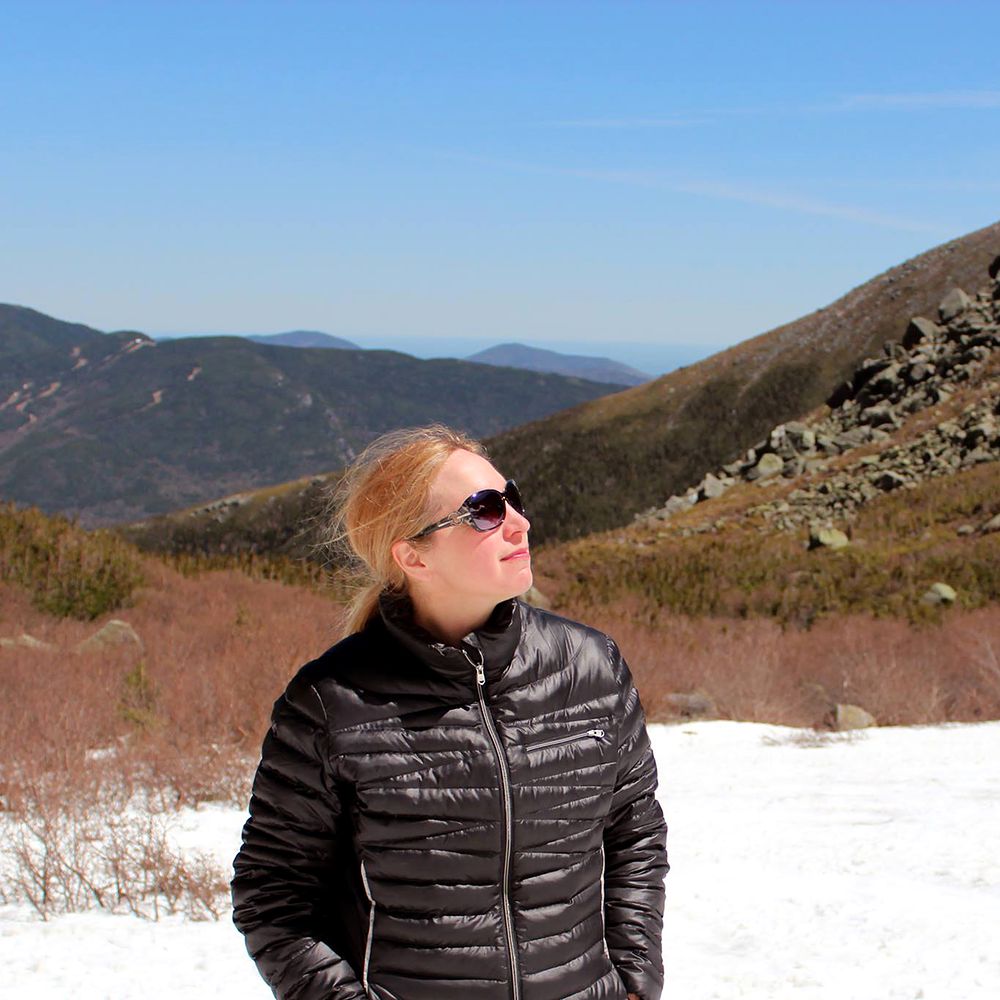About Us
The Sherpa Canada Story ...
|
In February 1999, was born Sherpa.
At 29, Brigitte Galarneau founded this company that will take her to an adventure!
A graduate of Marie-Victorin College in Montreal, a recognized fashion school in Canada, she completed her studies as a recipient of the 1990 Méritas. She has distinguished herself both academically and socially.
"A tailor's girl for men, I used to play cloth at the age of 6. Making beautiful dresses for my dolls was a hobby that my girlfriends did not always share!
- At age 12, I made my clothes just for the sake of mixing colors and textures in my own way.
- At the age of 24, during a bike trip with a friend, it was necessary to use tricks to get equipment at a lower cost. It was necessary to hold out for six weeks on the roads of Europe. I then began to manufacture the eight bags for our bikes.
And here is the click! I had just understood that to unite my passion for creation and that of the outdoors would bring me to an adventure! "
|
 Brigitte during one of her many trips, full of inspiration! Brigitte during one of her many trips, full of inspiration! |
Origin of collection names
SHERPA
It is the name of the mountain people of Nepal, mountain guides or carriers of mountaineering expeditions in the Himalayas.
The Sherpa people is an ethnic froup from Tibet. In Tibetan, shar means « East » and pa is a suffix meaning « people » : hence the word Sharpa or Sherpa, meaning those from the East. About 500 years ago, the Sherpas left Kham province, located in eastern Tibet, to settle in the high Himalayan valleys of Nepal, especially at the foot of Mount Everest.
CHIC-CHOCS
The Chic-Chocs Mountains are a mountain range in the central part of the Gaspé Peninsula, located in the eastern part of the province of Quebec (Canada).
Chic-Chocs are very eroded mountains with flat tops and steep sides. More than 25 peaks exceed 1,000 meters, the highest being Mount Jacques-Cartier at 1,268 meters.
The name Chic-Chocs comes from the word Mi'kmaq which means "impenetrable barrier".
JASPER
Alpine town of the province of Alberta, Canada, is the commercial center of Jasper National Park. In the middle of the snow-capped Canadian Rockies, the park has lakes, forests and rivers fed by glaciers.
DAKOTA
In the broad sense, the term Dakota refers to all the tribes that have entered history with the name of Sioux.
Strictly speaking, Dakotas are called the oriental and central Sioux groups, who speak the dialects of the same name and who stand alongside the most western group, formed by the Tetons, who speak, for their part, the Lakota dialect.
Dakota means "friend" in Sioux language.
MOKI
The Moki mitten takes its name from the Native American origin, which means "deer" used by the Hopi people. The Hopi live in northeastern Arizona, in the region of Four Corners, a very arid region.
TAÏGA
Taiga, or boreal forest, is a northern biogeographic region characterized by coniferous forests. The taiga appears, in the northern hemisphere, as a vast circumpolar woodland ring of 12,000km.
WIGWAM
Wigwam is a type of dwelling built by North American Indian semi-nomads, including the Micmacs and Algonquins. It can be domed or conical. The structure consists of a frame of poles on which is fixed the cover made, for example, of birch bark.
1, 2. 3 GO!
Simply called as such since the products of the collection 1, 2, 3 Go! is used for stroller, babycarrying and car seat, and by their ease of use, ready to go on an adventure in no time!
Frequently Asked Questions
(if you have a question that is not listed below, please let us know so we can add it)
- Does Sherpa Canada make international delivery?
We deliver everywhere in Canada. However, we do not delivery internationally for now. This is a project in our future developments.
- What is the difference between the Dakota and Moki-Bootie?
Moki-Bootie is made of waterproof nylon on the outside, without any pattern. The boot is isolated just like the Dakota.
The Dakota is not waterproof since it is made of printed cotton. On the other hand, this one has a suede reinforcement for babies crawling on the ground.
Both models are made on a very similar pattern which means that the size as well as the way to put it on and tie it is the same from one boot to the other.
They both have isolated and non-slip soles.
